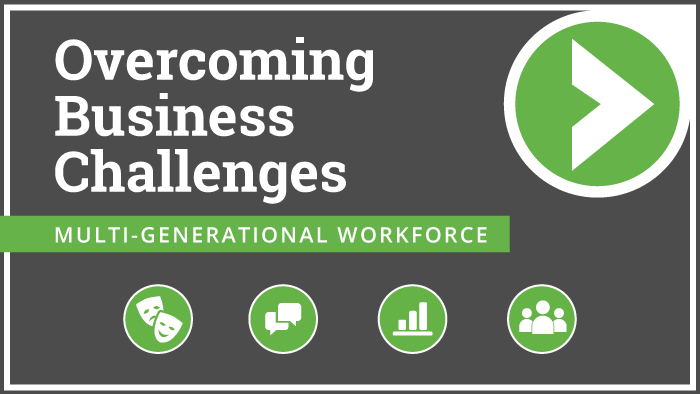By Daniela Ibarra

Using brain scans and other techniques, psychologists have studied the ways in which people process and utilize information, both subconsciously and consciously.
These studies have shed light on a phenomenon called unconscious bias, whereby ingrained prejudices—which we may not even be aware that we have—arise automatically rather than through conscious decision making.
Our exposure to cultural assumptions and stereotypes give rise to our unconscious biases, and can result in inequities, disrespect, and unfairness in our dealings with others.
Unconscious bias can account for such problems in organizations as lack of diversity in hiring and promotion, gender and racial stereotyping, and low employee satisfaction and retention.
Since unconscious bias is not the result of a conscious decision, we may not realize that we’re treating others in an inappropriate manner based on our cultural, religious or generational assumptions.
Dealing with unconscious bias at work
When properly addressed, detrimental behavior can be replaced with a positive approach. In 2014, Google launched an unconscious-bias training program for 20,000 of its employees to empower diversity and raise awareness.
With a proper diversity training program, organizations can encourage awareness of people’s automatic assumptions about others and provide tools needed to recognize, examine, and correct for illogical, inappropriate, or unprofessional behavior.
Unconscious bias leads us to put more trust in others with whom we share obvious characteristics, such as gender, age, language, or ethnicity.
Becoming aware of this bias is the first step in compensating for our tendency to favor those who are similar, and to make unfair assumptions about those who are different.
Techniques can be taught and employed to foster an open-minded approach to a diverse environment, leading to the recognition of skills and potential in others that we might otherwise miss out on.
The cost of unconscious bias
Here’s an example of both the cost of unconscious bias and the benefit of diversity in the workplace: Two colleagues, one older, one younger, are working on a project together. The older one, noticing his coworker frequently checks her phone, assumes that she is socializing rather than working, and no longer wants to collaborate with her.
This assumption stems largely from his unconscious bias that young people are irresponsible. But, in fact, her young coworker is actually using her phone to communicate about the project and to keep organized, and if asked, could teach him to use the newer technology too, to help accomplish both their goals.
A diverse organization is one where more skills come into play, providing more opportunities for success.
Unconscious bias has increasingly become an area of interest and concern for many organizations. Raising awareness of cultural, gender and generational stereotypes is the best way to overcome bias.
Download our free guide on how to successfully engage a multi-generational workforce
Daniela Ibarra researches and writes on a variety of business topics, including workplace dynamics, HR strategies, and training trends and technology.
